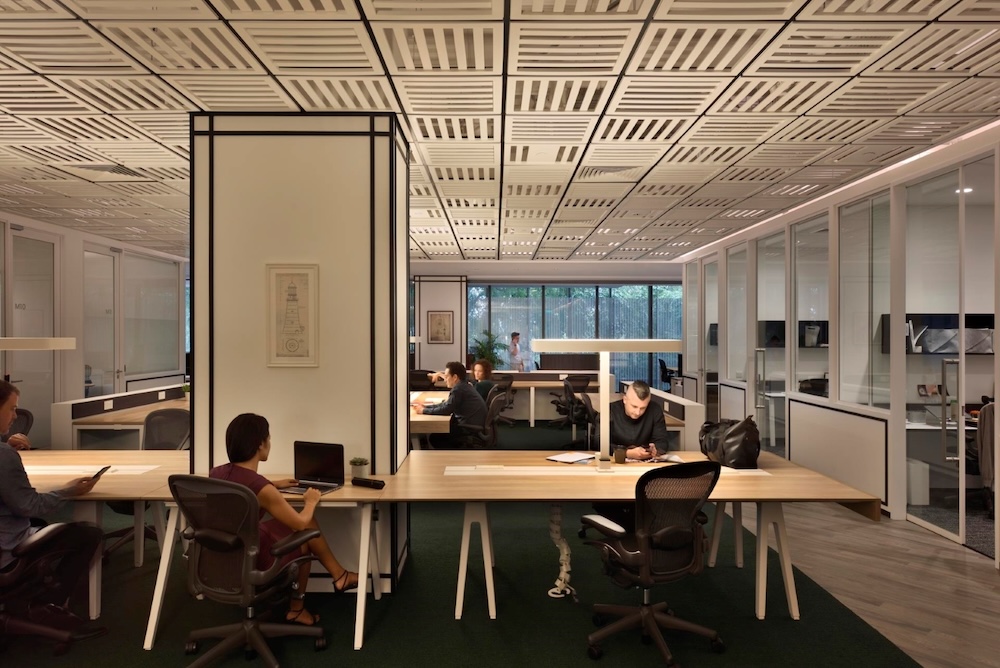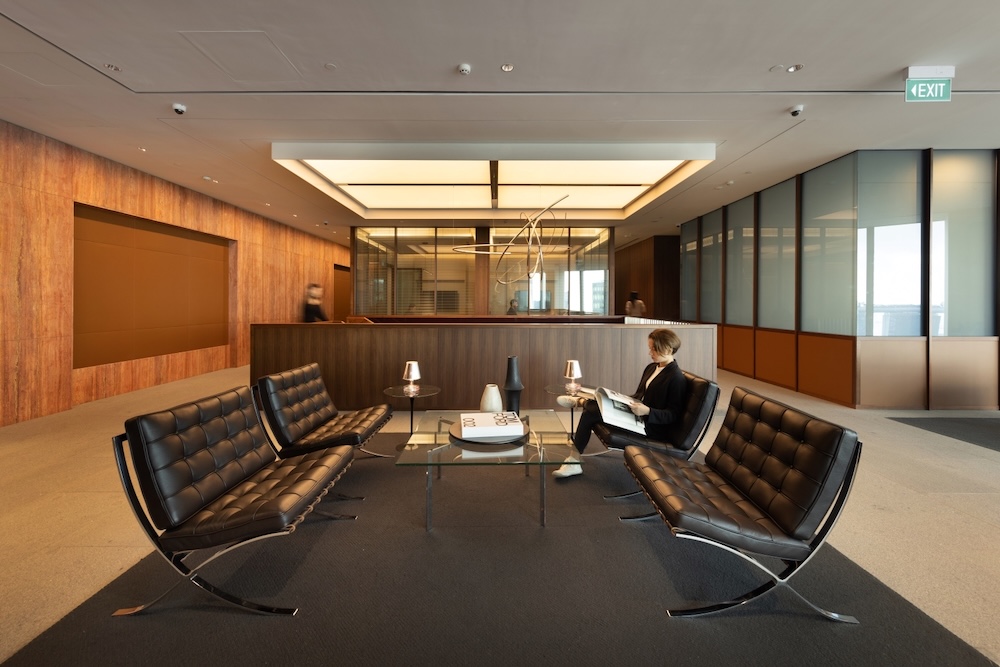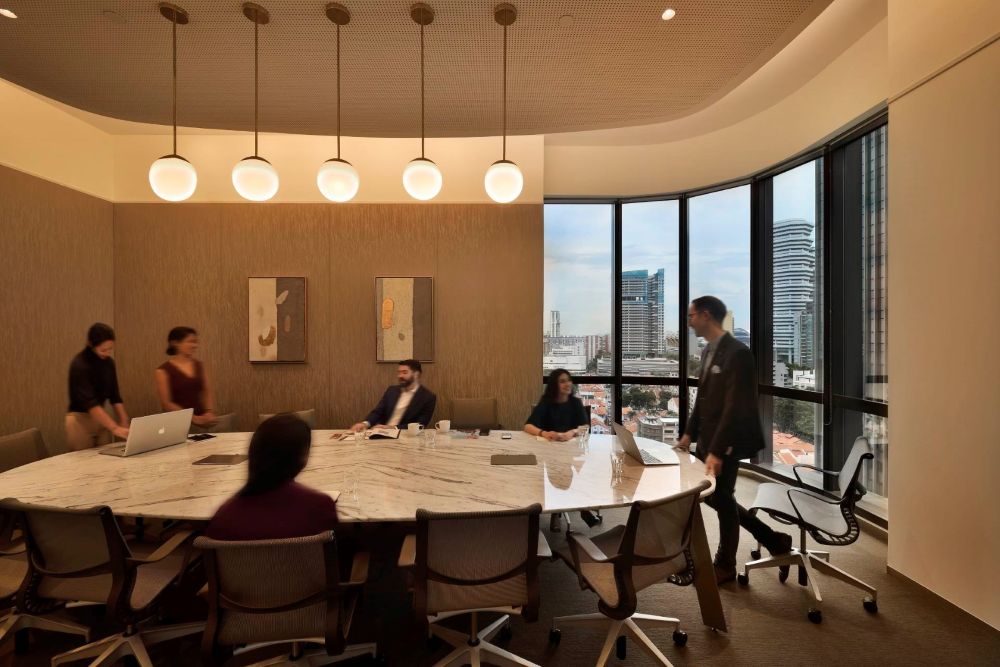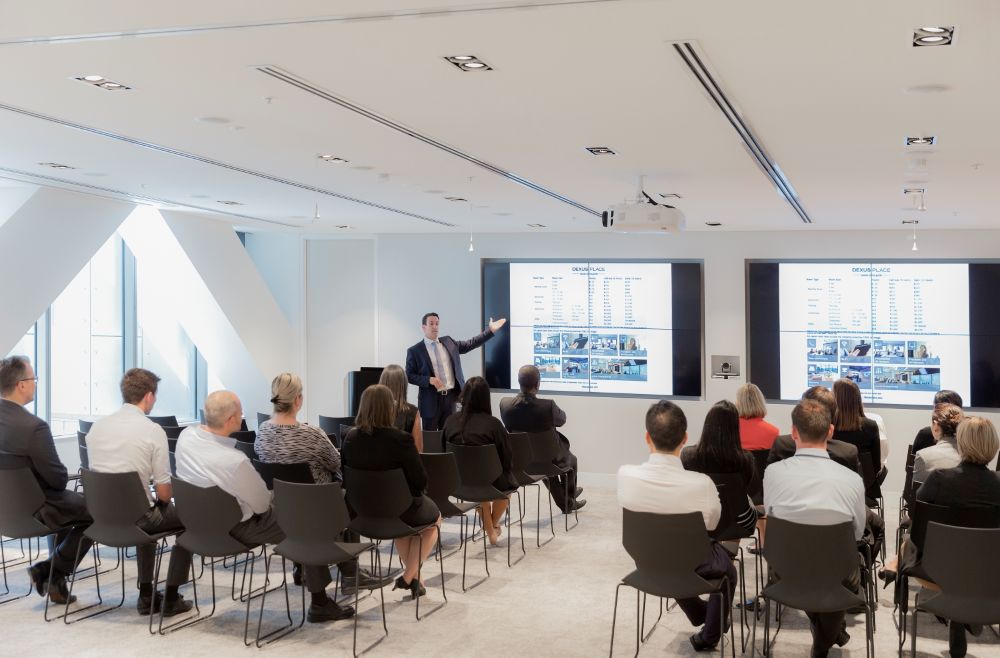In today’s digital-first world, businesses are rapidly evolving, and so are the ways we measure success. While traditional metrics like output and revenue still matter, they only tell part of the story. To truly understand how people work and where improvements can be made, companies are turning to workplace analytics.
Whether you’re managing a distributed team, evaluating your hybrid work model, or optimising shared workspaces, workplace analytics helps uncover the data-driven insights you need to foster a more productive, engaged, and adaptable workforce.
What Is Workplace Analytics?
Workplace analytics refers to the collection, analysis, and interpretation of data related to how employees interact with their physical and digital environments. This can include anything from meeting patterns and desk usage to collaboration tools and employee sentiment.
It encompasses both digital workplace analytics, such as usage statistics from communication platforms, and physical data, including occupancy sensors and badge swipes in offices.
At its core, workplace analytics helps organisations:
- Make smarter space and resource decisions
- Support employee wellbeing and productivity
- Foster a more collaborative and inclusive culture
- Prepare for long-term hybrid or flexible work arrangements
How Workplace Analytics Supports Modern Business Goals
Workplace analytics is not about surveillance or micromanagement. It’s about understanding the dynamics of how work gets done and using that knowledge to support people and business goals alike.
Here are some practical ways companies benefit from using workplace analytics platforms:
1. Optimising Office Space and Real Estate
In the age of hybrid work, many businesses are reassessing how much physical office space they truly need. Workplace analytics provides real-time data on how office environments are being used — from hot desk bookings and meeting room occupancy to peak traffic hours and underutilised zones.
By understanding these patterns, companies can make more informed, data-driven decisions about space planning, cost reduction, and even downsizing. This is where flexible solutions, such as coworking spaces, come in.
Providers such as The Work Project (TWP) offer adaptable environments that align with shifting workplace demands. With analytics, businesses can determine if a hot desk office setup meets their team’s needs, track usage patterns, and continuously refine their space strategy without long-term lease commitments.
2. Improving Team Collaboration and Communication
How often do teams collaborate across departments? Are meetings too frequent or poorly attended? Digital workplace analytics can answer these questions, revealing patterns in meeting behaviour, response times, and tool usage.
This enables leaders to identify collaboration bottlenecks and encourage more effective communication, especially critical in hybrid or remote teams.
3. Enhancing Employee Experience and Wellbeing
Analytics can offer insight into workload distribution, burnout risk, and even employee sentiment (when combined with surveys or feedback tools). Understanding these factors helps organisations design interventions that support work-life balance, engagement, and morale.
For example, if analytics show specific teams consistently work outside regular hours, this could prompt a review of workloads or expectations.
Key Features of Workplace Analytics Platforms
Workplace analytics platforms vary in complexity, but most offer some combination of the following:
- Activity Tracking: Tracks time spent on apps, websites, and platforms (e.g., email vs. video meetings)
- Collaboration Metrics: Assesses patterns of communication across teams, departments, or individuals
- Space Utilisation Reports: Visualises how office areas, hot desks, or coworking spots are used
- Custom Dashboards: Allows HR and facilities teams to explore insights relevant to their goals
- Privacy Settings: Ensures data is aggregated and anonymised to protect employee privacy
Commonly used platforms include Microsoft Viva Insights, Workday, and Humanyze; though larger organisations often opt for custom solutions.
Implementing Workplace Analytics Responsibly
While the benefits are clear, it’s always good to approach workplace analytics with transparency and care. Here are best practices for implementation:
- Communicate Early and Clearly: Let employees know what’s being measured and why
- Focus on Trends, Not Individuals: Aggregate data protects privacy and builds trust
- Use Insights for Good: Prioritise wellbeing, performance, and engagement improvements — not just cost-cutting
- Regularly Review Tools: Ensure the platform continues to align with organisational needs and values
When analytics are used ethically and transparently, they become a powerful tool for empowering both employees and leadership.
Workplace Analytics in Flexible Workspaces
Coworking environments are ideal for leveraging workplace analytics, mainly when businesses operate across locations or rely on hot desk office models. By analysing foot traffic, booking patterns, and team preferences, organisations can:
- Identify underused or overbooked zones
- Adjust layouts to support collaboration or focus
- Introduce amenities that align with usage patterns
- Ensure fair access to space for hybrid teams
Flexible spaces like TWP Australia make this possible by combining functional, well-designed work environments with digital tools to help teams work smarter.
Final Thoughts: Turning Insights Into Impact

Workplace analytics is more than a trend; it’s a strategic lever for navigating the future of work. By understanding how, when, and where work happens, organisations can make data-backed decisions that improve efficiency, morale, and agility.
Whether you’re working from a traditional HQ, managing remote staff, or embracing coworking across Australia, analytics helps bring clarity to complexity.
And with spaces like The Work Project offering flexible environments and digital integration, businesses have more options than ever to design workplaces that truly work — for everyone.






